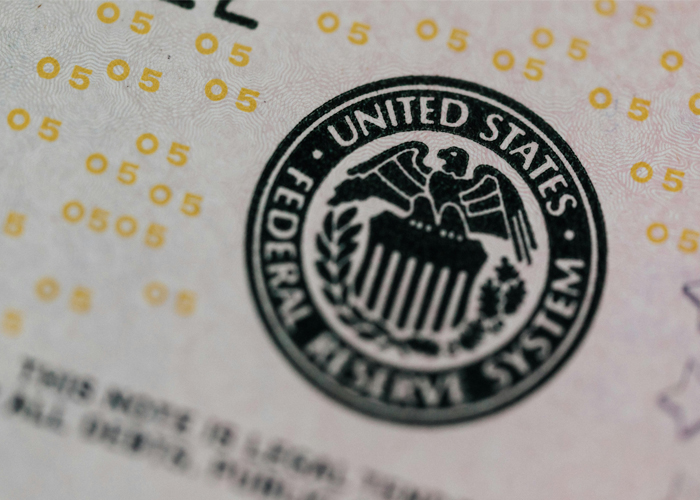Monday, September 8, 2025

It’s well known the Federal Reserve has a dual mandate guiding its actions and policy decisions. It aims to maintain price stability and inflation across the U.S. economy along with keeping robust employment levels.
But the Fed is moving in the wrong direction on both mandates at exactly the same time.
The July employment numbers were, by almost any measure, an absolute disaster. The Bureau of Labor Statistics reported that just 73,000 new jobs were added to the economy. That was a major miss from the 109,000 economists expected. The BLS also revised the May and June employment gains down by a whopping 258,000 jobs.
This all sent President Trump into a rage, and he fired the commissioner of the BLS.
The downward revisions were the most extreme since COVID-19 and reinforce a notable trend in downward revisions. The White House is trying to remedy it with a management change at the top, but the bottom line is the U.S. economy added only 33,000 jobs over the last few months. That’s the weakest job growth the nation has seen since 2011.
The “solid” labor market is suddenly looking very soft.
At the Fed’s Jackson Hole symposium, Fed Chair Jerome Powell said the bad job numbers will probably lead to rate cuts in September. But additional government data showed the Fed’s favorite inflation gauge moved up more than expected. The personal consumption expenditures price index rose 2.8% last month, which is above the Fed’s 2% comfort zone.
Jobs kind of cratering would mean a rate cut. But inflation going up would suggest keeping rates the same. So, the Fed is caught in a trap (though I think we’ll see a rate cut in September).
